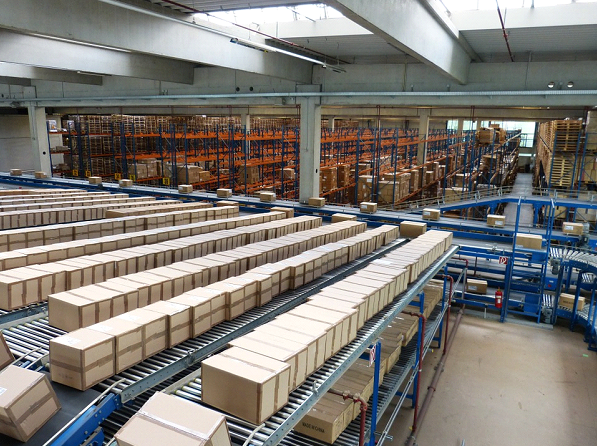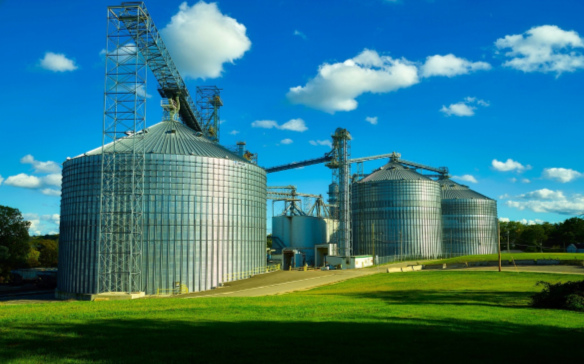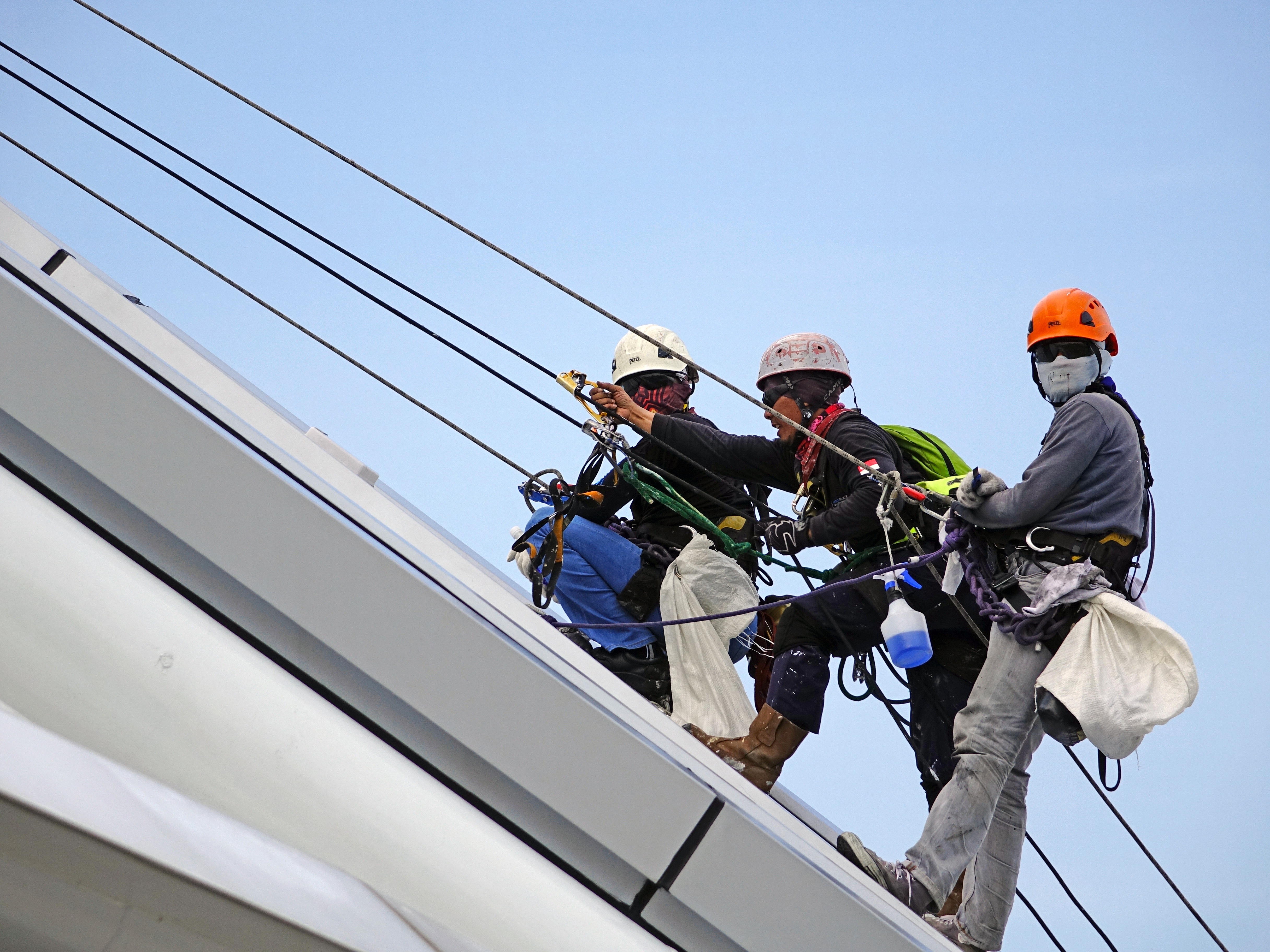Written by Eada Hudes

Source: https://pixabay.com/photos/logistics-stock-transport-shipping-852935/
It’s true that conveyor belts and rollers can make the production process easy and smooth but there are certain risks that come along with it too. Just like safety measures in the workplace, there are certain safety measures that you must take while working around conveyor rollers.
Here are some of the safety tips to keep in mind while working around conveyor belts.
- Awareness
This is a safety measure that needs to be taken at the managerial level. Inform and make your workers or employees aware of the fact that conveyor belts can be hazardous and dangerous. Tell them that it is important to be careful while working around them. Educate them about the hazards and risks involved.
- Signs and Markings
Put up enough signs, warnings and markings so that there is a constant reminder of workplace safety near the belt conveyor. Informing your workers of hazardous zones and dangers with the use of sign boards and markings will ensure that they are aware of the conveyor belt dangers at all times.
- No Games
Make sure that everyone is well aware and warned that conveyor belts are no games and it’s completely prohibited to sit, stand or walk on conveyor belts. At times, workers may play games or just have fun with conveyor belts which can actually be very dangerous and hazardous.
- Check all operator controls
Assign someone to check the conveyor belt operator controls first thing in the morning before starting work so that the smooth operation of the same is ensured. The emergency stop button must work at all times because that is the first and foremost saviour, in case something goes wrong.
- Regular Maintenance
You must ensure regular maintenance of the conveyor belt because irregular and improper care of the conveyor roller can cause multiple problems with the smooth functioning of the conveyor and result in more accidents.
- Workers’ Clothing
Workers have to be careful about the kind of clothing they wear around the conveyor belt and rollers because it can also cause accidents and hazards in the workplace. Advise them to wear tight and fit clothing instead of baggy attires and not to wear jewellery at the time of work. Jewellery like watches, bracelets, rings, earrings can easily get stuck in the conveyor rollers and cause mishaps.
Advise workers who have long hair to keep their hair tied and tucked under a cap. There are always chances of long hair getting stuck in conveyor rollers, so make it compulsory for everyone to wear caps and tie their hair if they are of shoulder length.
- Training
All workers who have to work directly with conveyor belts must be trained and educated properly. They must receive regular training to brush up on their operation and safety skills to ensure they are operating the machinery correctly and safely at all times.
- Signal At The Start Of The Conveyor Belt
There should be an audible signal that is sounded at the start of the conveyor belt to ensure that everyone becomes aware and knows that now the conveyor rollers are starting. You can also assign a staff member to make an announcement in the local language that everyone understands.
Conclusion
Safety around conveyor belts and rollers is extremely important to ensure that no accidents take place. There are different types of conveyor belts and each type poses a different kind of threat, hence there are certain precautions which are essential in a workplace that has conveyor belts and rollers around it.




